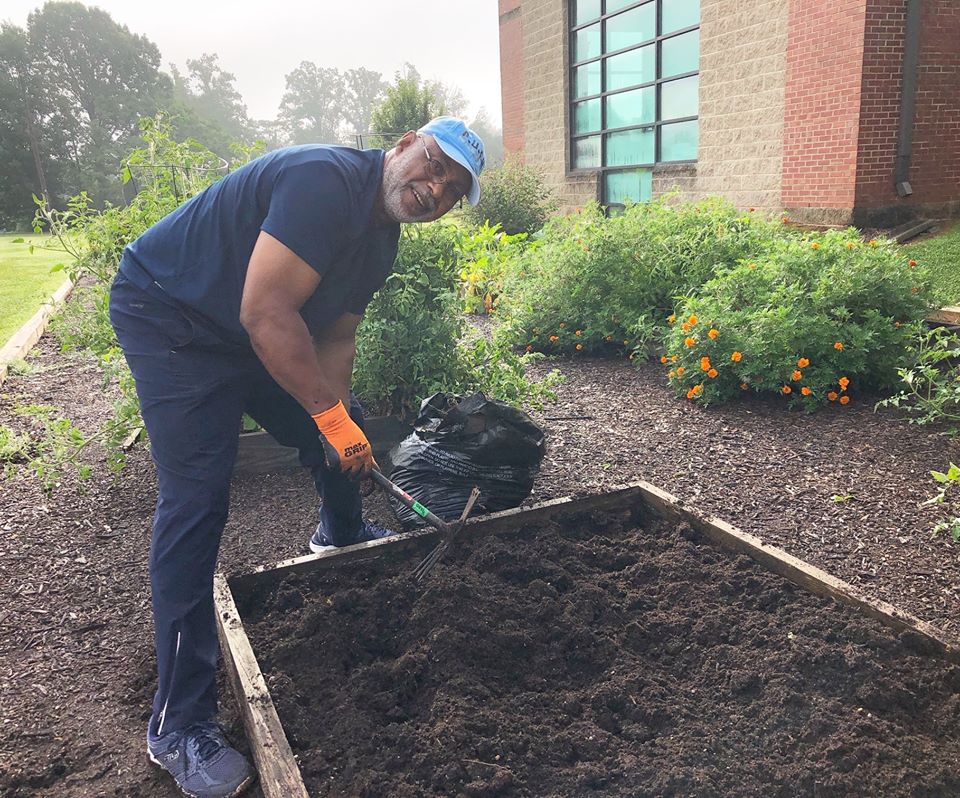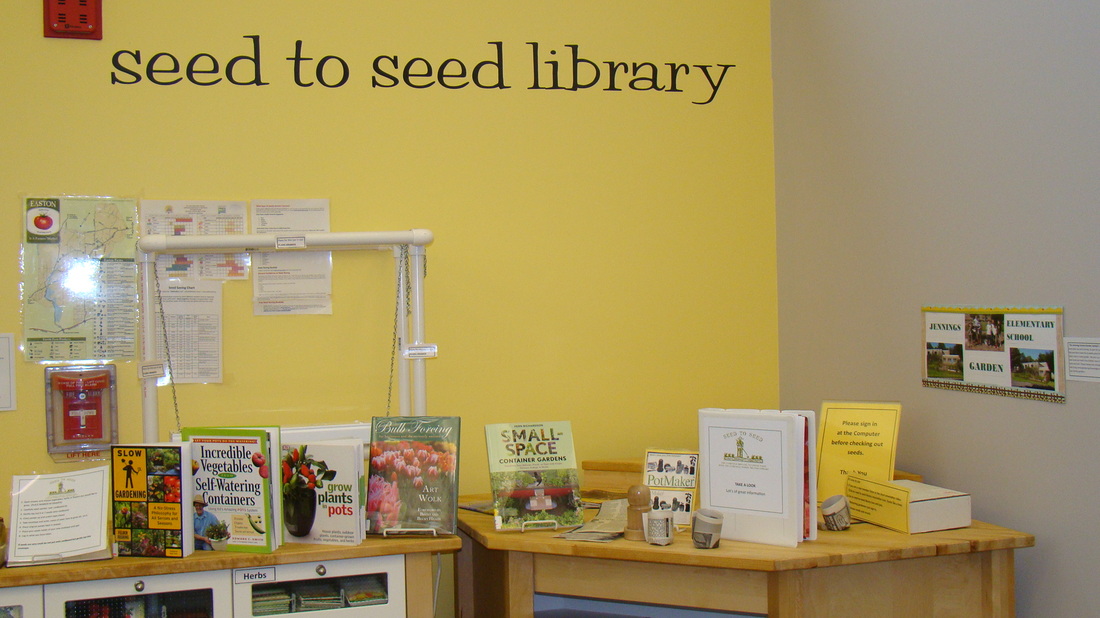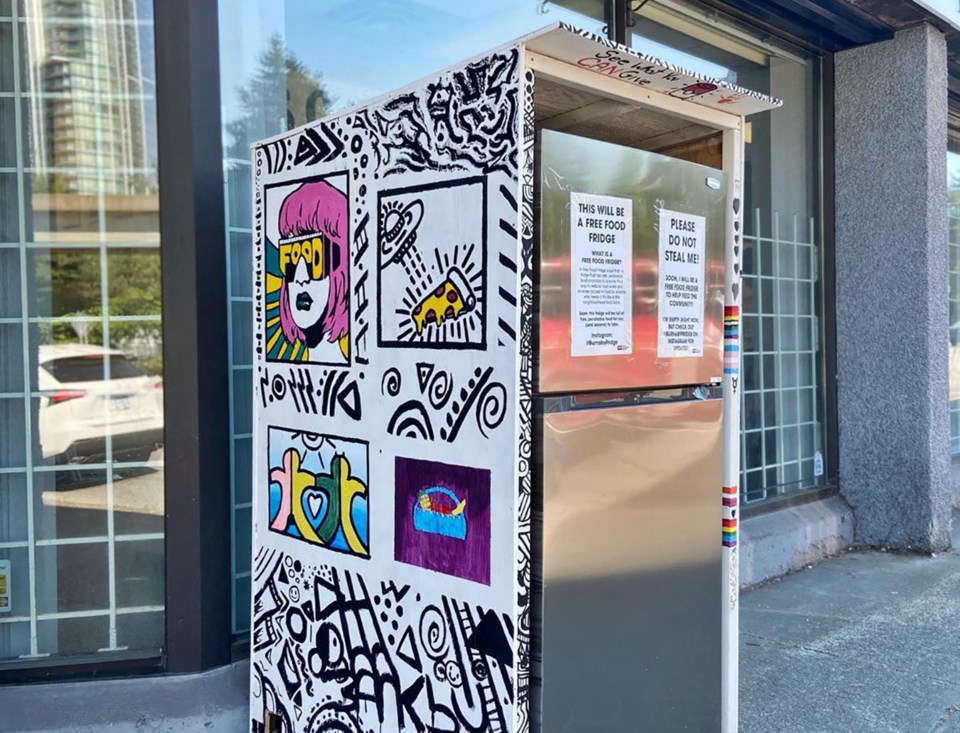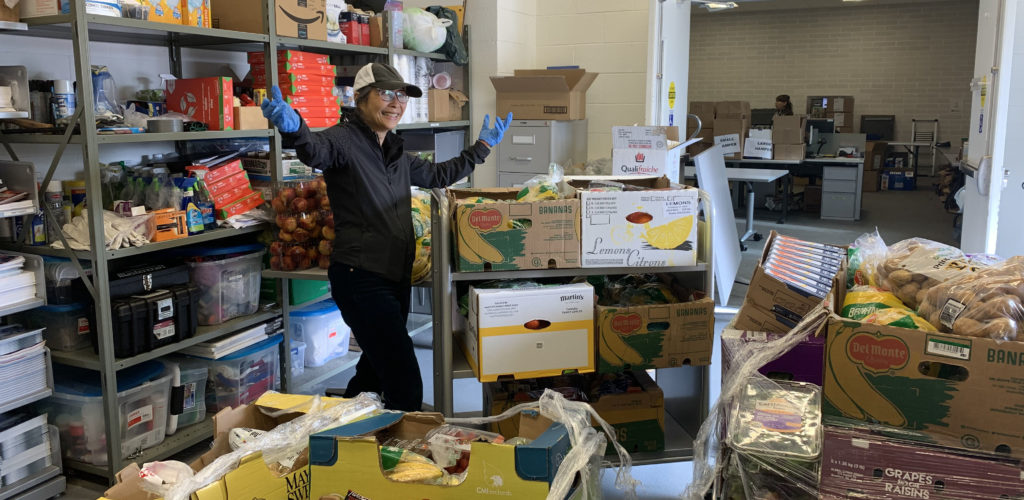Public libraries have long been thought of as cornerstones of the neighborhoods they occupy—a quintessential piece of community infrastructure. But can these cornerstones be used to address some of our most pervasive social problems?
Much more than no-cost reading rooms, libraries can, and often do, act as launchpads for community-powered initiatives, connecting neighbors (staff, patrons, volunteers, etc.) while empowering them to mobilize for collective community impact. Acting within this context, libraries help community practitioners identify, assess and address long standing community issues.
Food insecurity, as defined by the United Nation’s Food and Agricultural Organization, is the “lack of regular access to enough safe and nutritious food for normal growth and development”. According to the USDA, 1 in 10 Americans face food insecurity each year. Within that figure, about 13 million of these individuals are children who lack access to safe, affordable meals.
That’s where libraries — and the communities that empower them — come in. Free, safe, and accessible to all, community-led libraries serve as a both a resource hub (providing education and information) and an access point, delivering food and other goods directly to the groups that need it most. Here’s how:
1. Community gardens

Community gardens have many proven benefits. They bring people together, improve agricultural competency, and increase food access in vulnerable communities. The best part: they’re also accessible and relatively easy to start, often operating in lots located in or near local public libraries.
Check out: Community gardens are cropping up at public libraries everywhere
2. Seed libraries

Operating within the larger network of food sovereignty practitioners, seed interchanges aid permaculture groups, expert gardeners, local farmers and more. Public libraries often serve as the homes of these seed libraries, providing a common location for seed storage and seed swaps and offering introductory classes for those new to gardening and crops.
Check out: Seed libraries help communities grow food in a pandemic
3. Freedges and little free pantries

“Freedges” (free fridges), and little free pantries, serve as a direct resource for community members to access the food they need. An extension of the original idea of little free libraries, the basis of their operating principles are the same: Take what you need, and leave what you can. Freedges are often located in urban areas that receive lots of foot traction, maximizing the amount of community members able to utilize them.
Check out: How to create a little free community pantry or fridge
4. Free summer meals

During the summer months in America, child hunger worsens, as food-insecure children who would usually receive meals throughout the school day are left without regular access. Public libraries often serve as distribution points during these times as they are easy for community members to identify and access.
Check out: Public libraries are giving away an insane amount of free food
5. Emergency food distribution centers

In times of crisis, it’s often community-based action that keeps communities afloat. This was proven especially true during the Covid-19 pandemic. In addition to being a mass disabling event, Covid also pushed many families into food insecurity. In response, libraries across the country sprang into action, engaging staff and community volunteers to operate makeshift distribution centers for donated food products.
Check out: 5 ways libraries are shifting from just lending books









